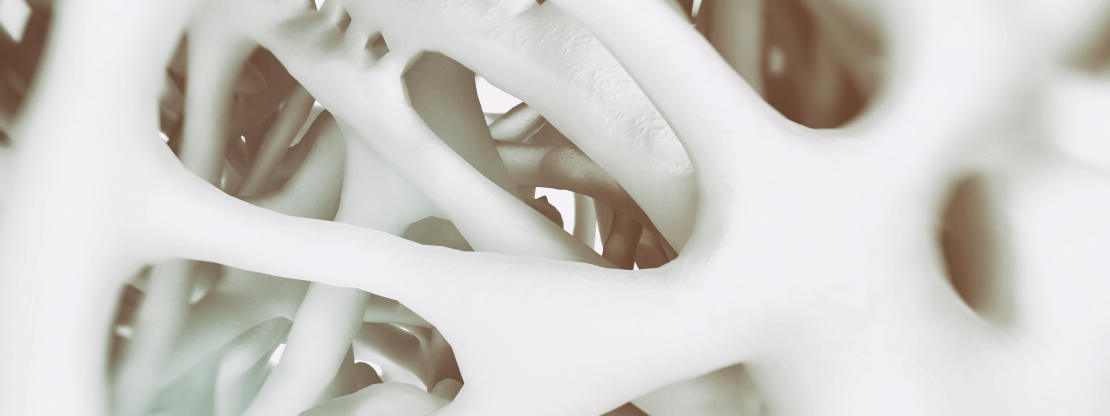GRAND RAPIDS, Mich. (May 28, 2020) — A bone protein called osteocalcin has long been thought to play important hormonal roles in blood sugar metabolism and male fertility, but new findings suggest that may not be the case, according to a pair of studies published today in the journal PLOS Genetics.
Osteocalcin is one of the most common proteins in the bone, where it supports bone growth and repair. Previous research in mice lacking osteocalcin have suggested that it also may act as a hormone, with roles in weight gain, anxiety and brain development, in addition to regulation of blood sugar and male fertility. The new studies, which were conducted independently of each other, did not find evidence to support its function as a hormone.

“Today’s findings clarify the relationship between skeleton and metabolism, which could have implications for the study and treatment of diseases like diabetes,” said Bart Williams, Ph.D., director of Van Andel Institute’s Center for Cancer and Cell Biology and a senior author on one of the studies. “They also underscore an important yet sometimes frustrating truth: Scientific progress rarely follows a simple, straight line, particularly given the inherent complexity of biological systems.”
Williams and his colleagues used the gene editing technology CRISPR-Cas to create a novel strain of mice missing osteocalcin. The mice did not present with differences in either blood sugar levels or male fertility.
In the other study, a team at Nagasaki University also developed a strain of mice missing osteocalcin. They found that the mice had weaker bones but no difference in blood sugar metabolism, amount of bone, muscle mass or testosterone levels when compared to normal mice.
The groups have not determined why their results differ from previous research; however, both have donated their novel mouse strains to public repositories for further study.
Other authors include Cassandra R. Diegel, Casey J. Droscha, Ph.D., Zachary B. Madaj, Gabrielle E. Foxa and Isaac Izaguirre of VAI; Steven Hann, Ph.D., Ugur A. Ayturk, Ph.D., Jennifer C. W. Hu, M.D., and Matthew L. Warman, M.D., of Harvard Medical School; Kyung-eun Lim, Ph.D., and Alexander G. Robling, Ph.D., of Indiana University School of Medicine; Noorulain Paracha and Bohdan Pidhaynyy of Brooklyn College; Terry L. Dowd, Ph.D., of Brooklyn College and the Graduate Center of the City University of New York.
Research reported in this publication was supported by Van Andel Institute and by the National Institute of Arthritis and Musculoskeletal and Skin Diseases of the National Institutes of Health under award no. 1R21AR068668 (Williams). The content is solely the responsibility of the authors and does not necessarily represent the official views of the National Institutes of Health.
###
ABOUT VAN ANDEL INSTITUTE
Van Andel Institute (VAI) is committed to improving the health and enhancing the lives of current and future generations through cutting edge biomedical research and innovative educational offerings. Established in Grand Rapids, Michigan, in 1996 by the Van Andel family, VAI is now home to more than 400 scientists, educators and support staff, who work with a growing number of national and international collaborators to foster discovery. The Institute’s scientists study the origins of cancer, Parkinson’s and other diseases and translate their findings into breakthrough prevention and treatment strategies. Our educators develop inquiry-based approaches for K-12 education to help students and teachers prepare the next generation of problem-solvers, while our Graduate School offers a rigorous, research-intensive Ph.D. program in molecular and cellular biology. Learn more at vai.org.
